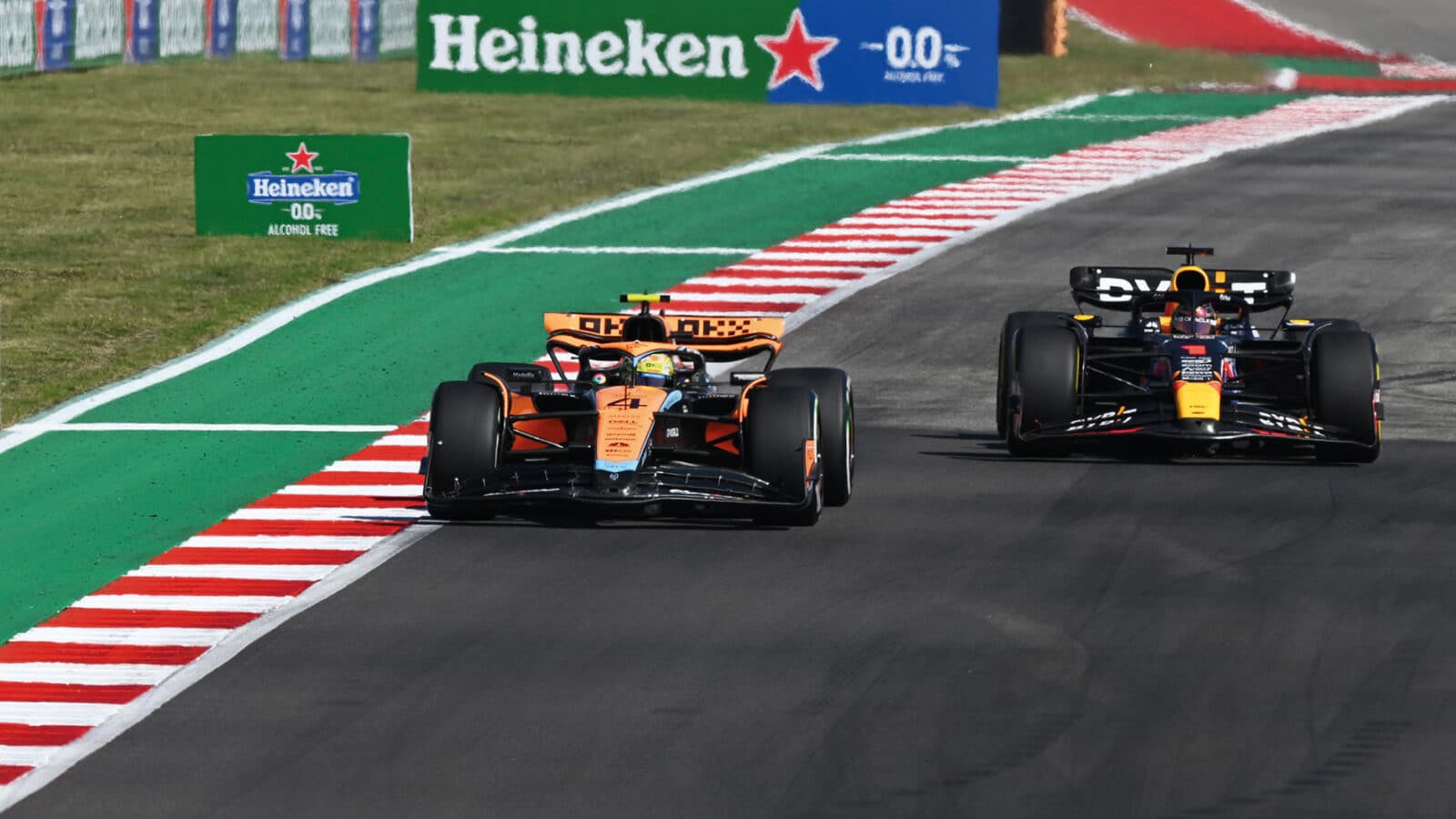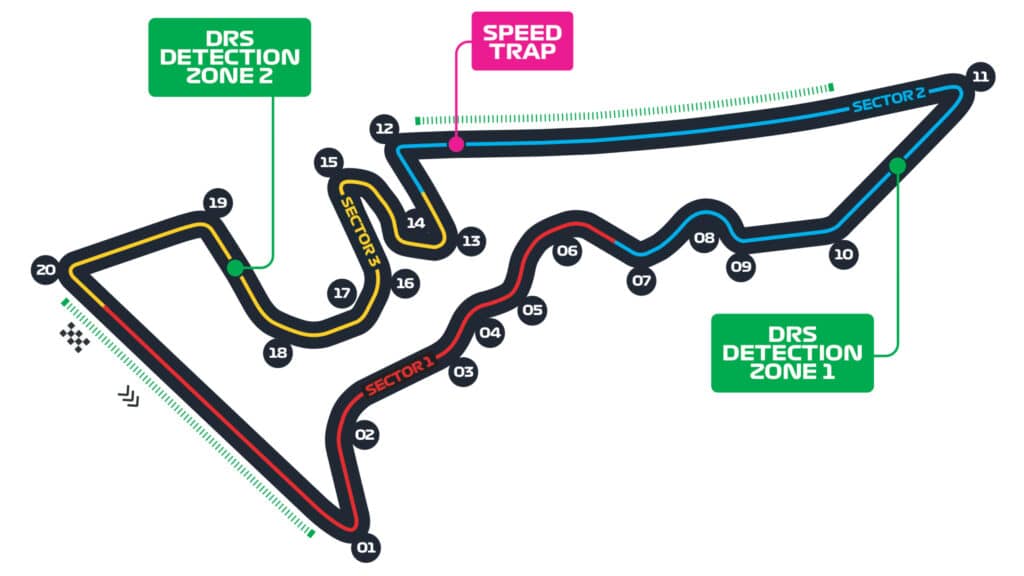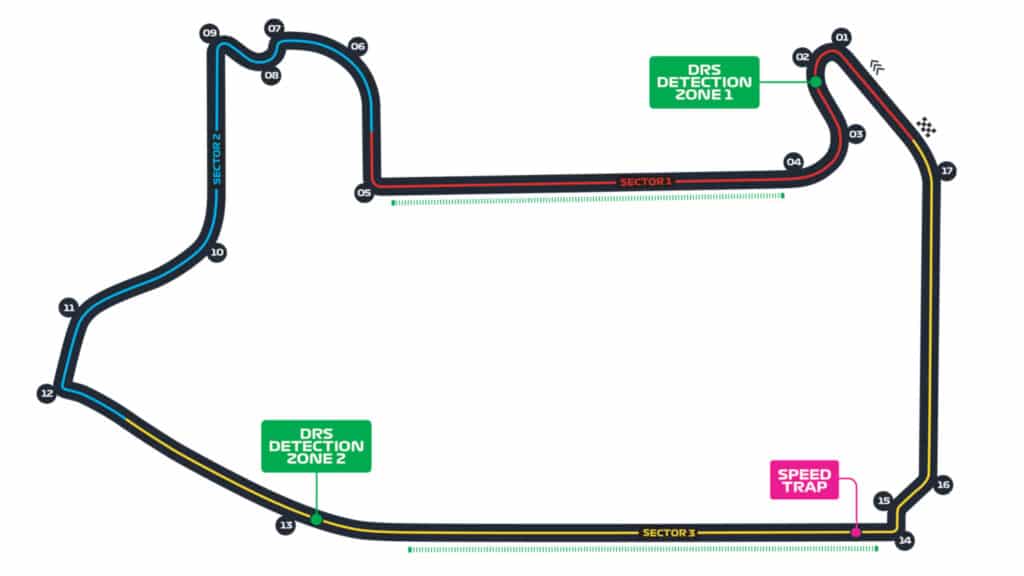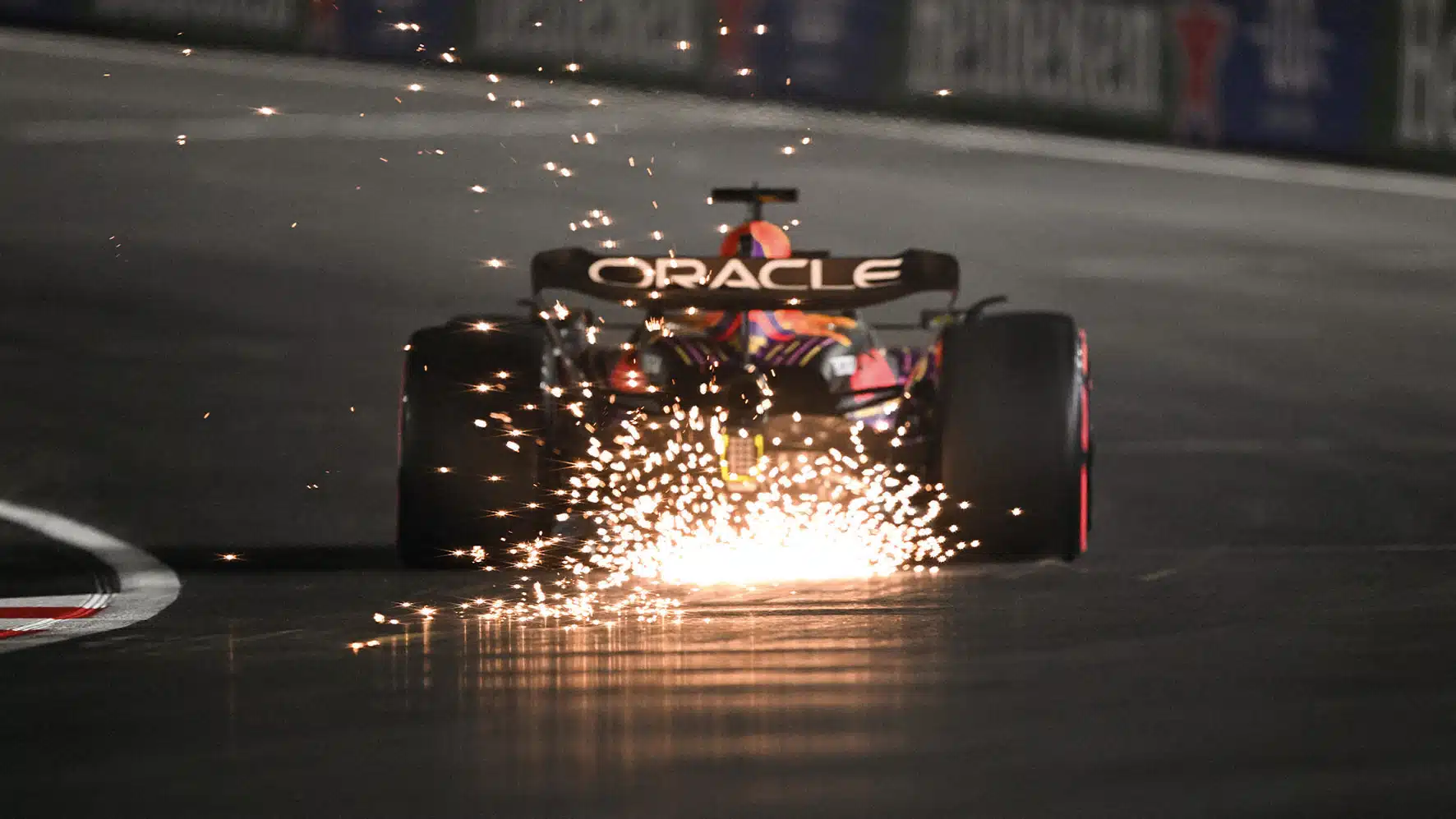Why COTA and Las Vegas will deliver first-rate F1 racing — and challenge drivers
Karun Chandhok takes a look at the COTA and Las Vegas F1 circuits from a driver’s perspective

Getty Images
COTA

This is one of the most interesting layouts out of the wave of modern tracks that have joined the F1 calendar in the past 15 years. The designers have created a real mix of corners to create an extremely challenging ribbon of asphalt.
The lap starts with a hairpin that climbs 135ft from the start line. You then plunge into a high-speed section with the steering wheel never straight from turn two to turn 10. The corners get slower through that first snake but on the whole it’s a section that requires confidence and precision. Getting the line right is critical and the flat kerbs allow the drivers to attack apexes. Towards the end of the sector, you climb before the off-camber left-hander of turn nine where it is tricky to control the car’s rear.
The hairpin at turn 11 is a good opportunity to set up an overtaking move down the back straight into the tight turn 12 but it’s not easy as the track switches from one direction to the other all the way until turn 19. It puts a lot of emphasis on the slow speed rotational ability of the cars, as well as traction. The triple-apex right-hander from turn 16 to 18 is comfortably flat in qualifying but is more of a challenge in the race when the tyres have worn a bit and the cars are heavy with fuel. The left-hander of turn 19 is a brilliant challenge for the drivers to attack towards the end of the lap before keeping it all calm for the final corner.
There’s been a lot of movement under the track which has made it bumpier every year. The circuit owners have tried to stabilise the ground but they’ll constantly be chasing it. It gives character! The track is also away from urban infrastructure so it’s exposed to wind, especially in the early high-speed section.
Turns 20
Length 3.426 miles
Top speed 202.1 mph
Lap record 1min 36.169sec, Charles Leclerc, 2019
Capacity 120,000
LAS VEGAS

It was always going to be a compromise. The challenge of street circuits is that a lot of the infrastructure can’t be moved and in Vegas’s case this was an even bigger issue as the buildings are iconic. Moving fountains was never going to be an option!
The track is not particularly interesting when driving around by yourself – Austin is – but for racing and overtaking it’s good. There were issues last year with drains but when we got to the event itself, we had a much better race than we were expecting.

The track is generally made up of slow-speed right-angled corners which means that having a car that pivots and rotates well in these type of corners will be useful. However the main feature is undoubtedly the 1.2-mile run down the Vegas strip. This has two effects because (a) it creates some fantastic slipstreaming and overtaking at the end of it and (b) it forces the teams to run a much lower level of downforce than they need for the rest of the track.
One thing people didn’t think about when the race was first announced were the cold temperatures. I guess those images of Nelson Piquet collapsing in the heat in 1981 were what we had in mind when we thought about going back to Vegas but going to a desert in November for a night race is a whole other thing. Getting the tyres to work with these long straights where the brakes and tyres cool down is tricky.
With no room for error, the drivers need to attack the brakes into turns one, five, 12, and 14 and this is only possible if you have the front tyres and brakes at the right temperature. The layout may seem simple but with the cold, the crown in the road and the low-grip asphalt, the track isn’t an easy one to master and this creates good racing.
Turns 17
Length 3.853 miles
Top speed 217.8mph
Lap record 1min 35.490sec, Oscar Piastri, 2023
Capacity 315,000

